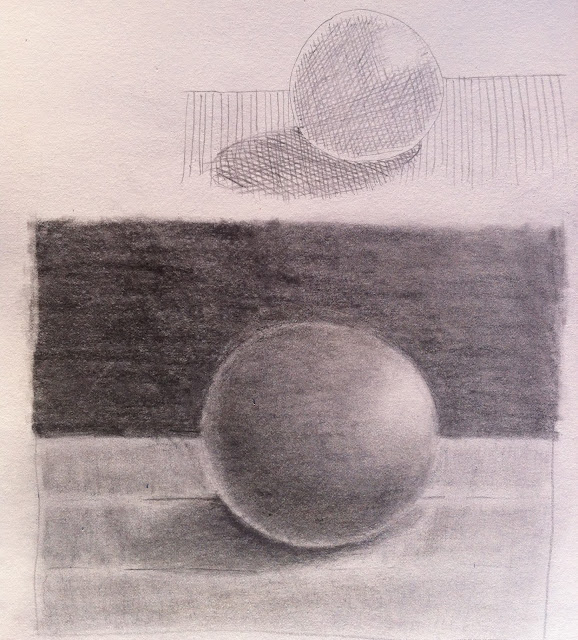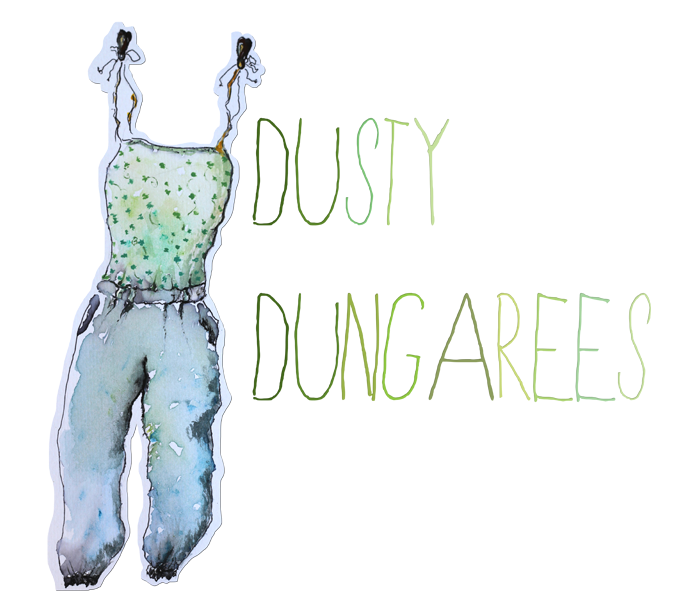Many potential artists face this obstacle, and and some simply avoid trying for the sake of protecting themselves from the experience of failure. But truth be told, we must all be willing to fail a little. The adventure is worth all that it holds, and growth, strength and patience begin to mold you further, as you persevere and love what you do.
As with many endeavours, improvement in art seems largely to be giving much time to it and producing a lot of work... learning and practicing new techniques, and figuring out how to improve your weaker drawing/painting areas. Don't get discouraged! It's an incredibly rewarding and even relaxing pursuit. Sometimes it's as simple a matter as discovering different ways to use your art mediums or just getting to know them better.
So I will be sharing with you my early steps in art... Today, three sketches...
 |
| Sketched from a real pine cone, using cross-hatching for shading |
 |
| A study on light and shading on a sphere... |
 |
| This was to capture the sweet spirit (though not physical appearance necessarily) of my childhood pony |
And a piece in pastel...
 |
| From a photo of mini pumpkin bread rolls |
I think investing in good art materials is key to enjoying your work and producing satisfying results. And keep learning - how was that effect achieved? How do you draw hair? (here's a great link: http://www.elfwood.com/farp/theart/maeryhair/maeryhair.html) How do you create the sensation of light and shadow? What colours were used to create that rippling effect?
Fascinating stuff!
